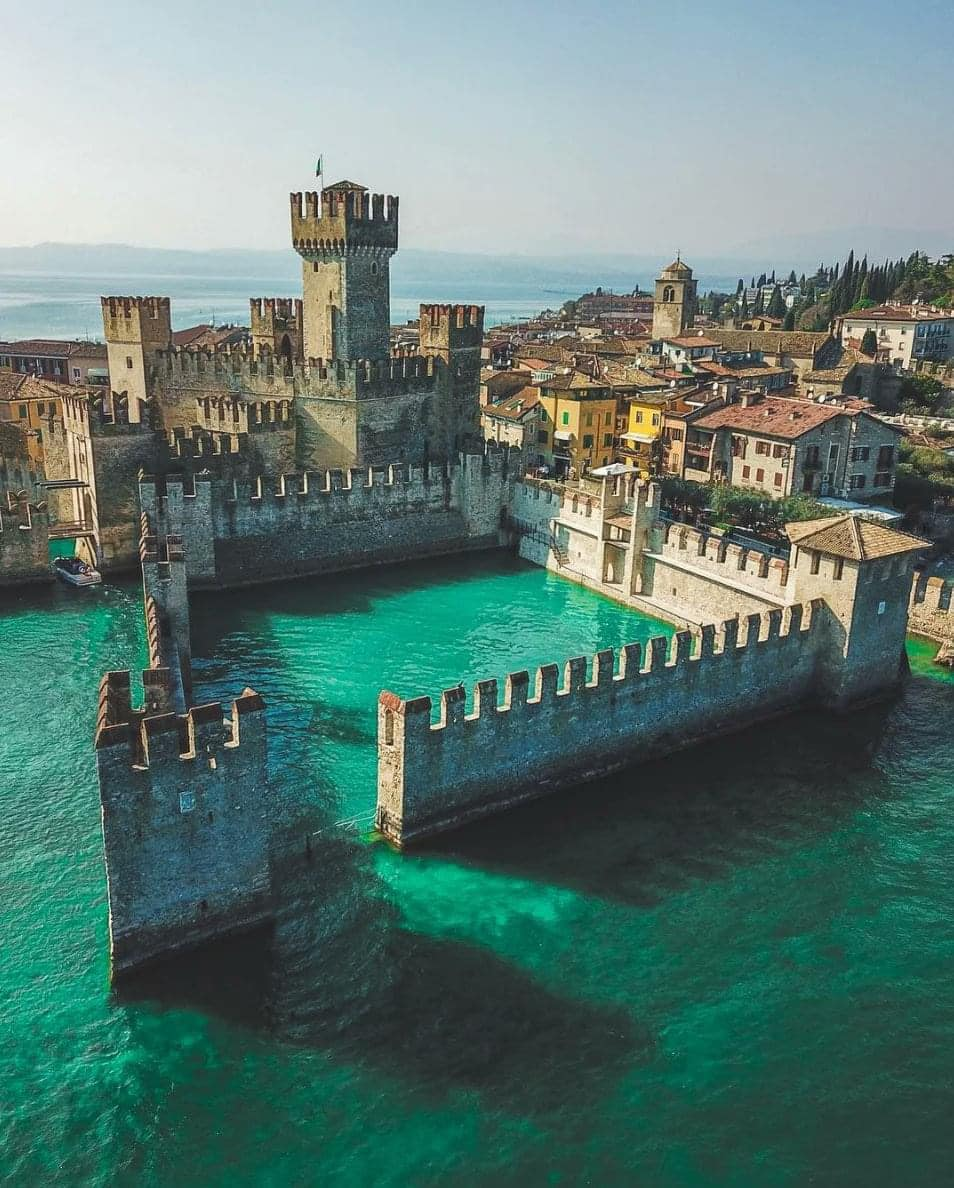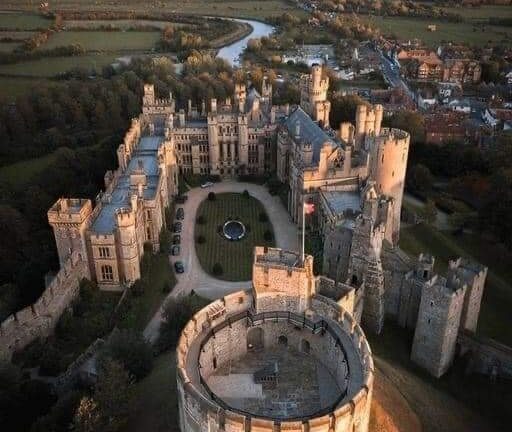Chambord Castle, located in the Loire Valley of France, is a stunning example of Renaissance architecture. Construction of this grand château began in 1519 under the reign of King Francis I, who envisioned it as a hunting lodge. Over the years, it has become one of the most recognizable and visited castles in France. The design of Chambord Castle reflects a blend of traditional French medieval forms with classical Renaissance structures. Its distinctive features include a vast central keep with four large towers at the corners, numerous chimneys, and elaborate rooflines that create an impressive skyline. The castle is also noted for its double-helix staircase, which some attribute to Leonardo da Vinci’s influence, although this has never been definitively proven.
Surrounded by extensive parkland and forests, Chambord Castle is set within a vast estate that spans approximately 13,000 acres. This setting not only adds to the castle’s grandeur but also underscores its original purpose as a hunting retreat for royalty. The vast grounds are home to diverse wildlife and provide a serene and picturesque backdrop to the architectural marvel. Over the centuries, Chambord Castle has seen various modifications and restorations, yet it retains its historical and architectural integrity. It has served different roles, from a royal residence to a military barracks and even as a storage site during the French Revolution. Today, it is a UNESCO World Heritage site and a major tourist attraction, drawing visitors from around the world who come to admire its beauty and historical significance.
Visitors to Chambord Castle can explore its lavish interiors, which include grand halls, intricately decorated rooms, and a chapel. The surrounding estate offers opportunities for outdoor activities such as walking, cycling, and wildlife spotting, making it a versatile destination for both history enthusiasts and nature lovers.
In summary, Chambord Castle is a masterpiece of Renaissance architecture set in the beautiful Loire Valley. Its historical importance, combined with its architectural splendor and scenic surroundings, makes it a must-visit destination for those exploring France’s rich cultural heritage.


